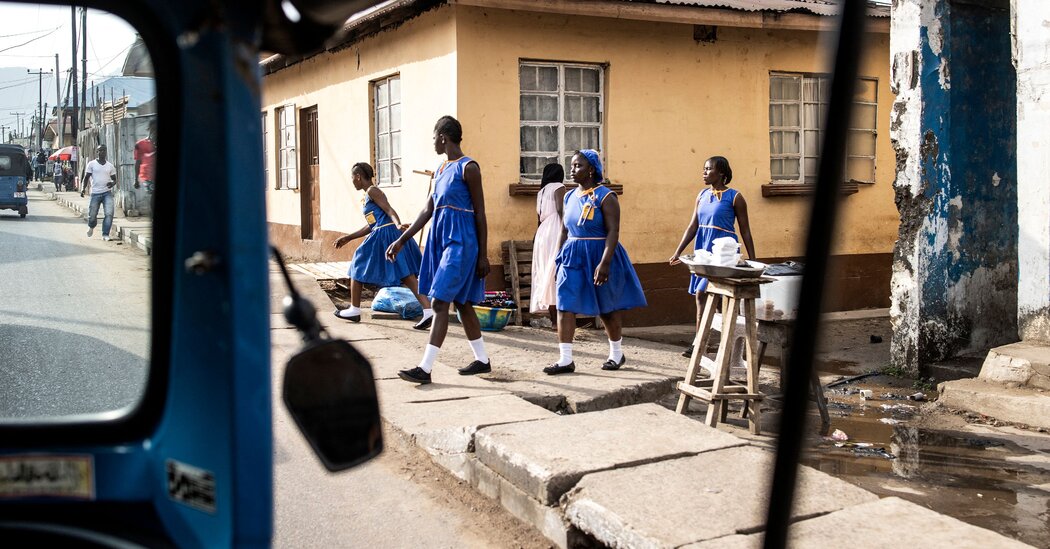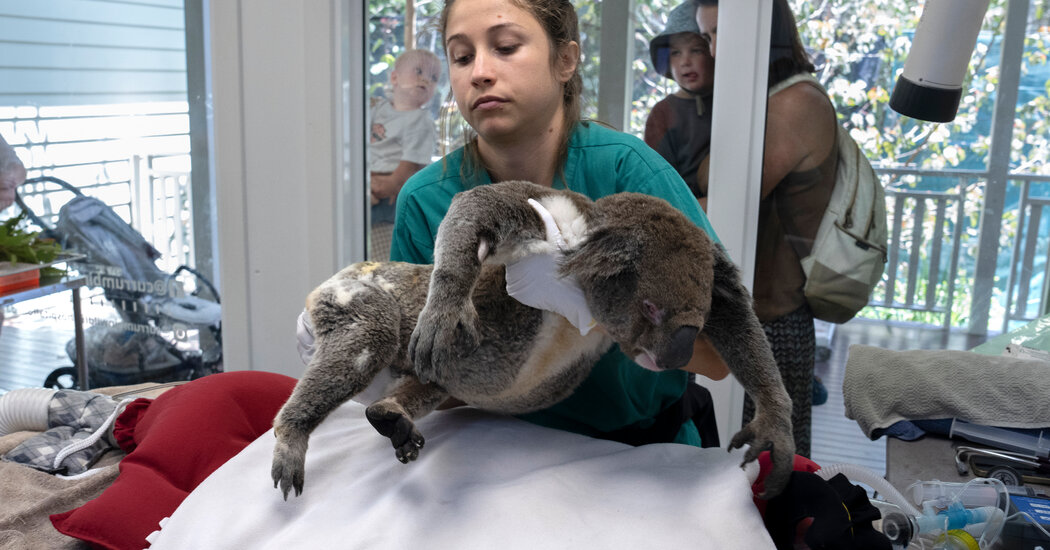

Although maternal mortality rates declined worldwide from 2000 to 2020, almost 800 women still die of pregnancy-related complications every day, according to a grim report issued Wednesday by the World Health Organization and other agencies of the United Nations.
Despite early improvements in maternal health during the 20-year period, progress has stalled in many regions, and in recent years maternal mortality rates have risen sharply in Latin America, the Caribbean and, perhaps surprisingly, in Europe and North America.
Most maternal deaths are still concentrated in poor countries and war-torn regions. Girls and women are at greatest risk in sub-Saharan Africa, where 70 percent of global maternal deaths occur. A 15-year-old girl in the region has a 1 in 40 lifetime risk of dying of a cause related to pregnancy.
Maternal mortality is also more common in countries experiencing humanitarian crises, such as Yemen, Syria and Afghanistan, where there are 551 maternal deaths for every 100,000 live births — more than double the world average rate of 223 per 100,000.
Overall, there were an estimated 287,000 maternal deaths around the globe in 2020, a decrease from the 309,000 deaths in 2016 and the 446,000 deaths in 2000, but one that fell short of expectations. The W.H.O. hopes to reduce the global maternal mortality rate to fewer than 70 deaths per 100,000 live births by 2030.
The report defines maternal mortality as deaths that occur during pregnancy or childbirth or up to six weeks after a pregnancy ends. The category also includes deaths caused by unsafe and illegal abortions, which account for up to 10 percent of maternal deaths worldwide.
An estimated 270 million women worldwide do not have access to modern family-planning methods, and about half of all pregnancies globally are unplanned, according to Dr. Anshu Banerjee, assistant director general for universal health coverage at the W.H.O.
That leads to 73 million abortions annually, almost half of which are unsafe, he said. “When they’re done under unsafe conditions, bleeding, infections and other adverse incidents will lead to mortality,” Dr. Banerjee said.
The pandemic may have also contributed to persistent maternal deaths, since pregnancy puts otherwise young and healthy women at elevated risk for severe disease. But the new report does not fully capture Covid’s impact, as lower-income and developing nations have been slower to tabulate Covid-related maternal deaths.
In the United States, maternal deaths rose sharply during the pandemic. In 2021, hundreds of deaths resulted from pregnancy complications exacerbated by Covid infections, according to data from the U.S. Government Accountability Office.
But while the pandemic may have contributed to maternal deaths worldwide, it “does not explain the stagnation that we’re seeing,” said Dr. Jenny Cresswell, an epidemiologist at the W.H.O. and one of the new report’s authors.
Maternal mortality rates were cut at least by half in 75 nations between 2000 and 2015, but progress has stalled in much of the world since then, she and her colleagues found.
The exceptions were Australia and New Zealand, and the W.H.O.’s central and southern Asia regions. There were significant reductions in maternal mortality in those areas, of 35 percent and 16 percent, respectively, between 2016 and 2020.
Improvements in India, Pakistan and Bangladesh followed efforts to increase the number of women in remote areas who were giving birth with skilled attendants in primary health care facilities or hospitals close to home, which were able to refer women to more comprehensive care if complications arose.
By contrast, maternal mortality increased by 17 percent in Europe and North America between 2016 and 2020, and by 15 percent in Latin American and the Caribbean, the W.H.O. found.
The United States and Puerto Rico were among eight countries and territories that experienced significant increases in maternal deaths from 2000 to 2020. (Other countries on that list are Venezuela, Cyprus, Greece, Mauritius, Belize and the Dominican Republic.)
Among wealthy industrialized nations, the United States has the highest maternal mortality rate. According to the W.H.O., the rate almost doubled between 2000 and 2020, rising to 21 deaths per 100,000 live births in 2020, or one in 5,000, up from 12 deaths per 100,000 births in 2000, or 1 in 10,000.
Stark racial inequities, as well as social and economic disparities, underlie those mortality rates.
According to the Centers for Disease Control and Prevention, whose own figures put the U.S. maternal mortality rate for 2020 at 23.8 per 100,000, the risk is almost three times higher for Black women, at 55.3 per 100,000, than for white women, whose mortality rate is 19.1 per 100,000. Native American women also face a much higher risk of dying during and after pregnancy, compared with white women.
The leading causes of maternal deaths worldwide are severe bleeding, high blood pressure, infections and complications from unsafe abortions. Underlying conditions like H.I.V./AIDS and malaria can also be aggravated by pregnancy.
Most of these deaths are preventable if women have access to quality health care and can plan and space out their pregnancies. But in addition to limited access to contraception, about one-third of women do not have access to good prenatal care throughout gestation, the report found.
“In principle, we know what to do,” Dr. Banerjee said. “It’s whether there is political will to allocate funding to it by partners and local governments.”
For many women in low-income countries, and especially those in remote regions, access to health care is limited. There are shortages of medical workers, who are unequally distributed between cities and rural areas.
In addition, families face high out-of-pocket costs to get care, which may include paying for travel expenses and purchasing medical supplies.
“For some people, that means having to sell off their livelihood, livestock or land, and puts them at risk of going into poverty,” Dr. Banerjee said. “That might result in them not actually going to seek care, and that puts the woman at grave risk.”
24World Media does not take any responsibility of the information you see on this page. The content this page contains is from independent third-party content provider. If you have any concerns regarding the content, please free to write us here: contact@24worldmedia.com

Common Mistakes When Using Athletic Field Tarps

High-Performance Diesel Truck Upgrades You Should Consider

Warehouse Optimization Tips To Improve Performance

Fire Hazards in Daily Life: The Most Common Ignition Sources

Yellowstone’s Wolves: A Debate Over Their Role in the Park’s Ecosystem

Earth Day 2024: A Look at 3 Places Adapting Quickly to Fight Climate Change

Millions of Girls in Africa Will Miss HPV Shots After Merck Production Problem

This Lava Tube in Saudi Arabia Has Been a Human Refuge for 7,000 Years

Four Wild Ways to Save the Koala (That Just Might Work)

National Academy Asks Court to Strip Sackler Name From Endowment

Ways Industrial Copper Helps Energy Production

The Ins and Out of Industrial Conveyor Belts